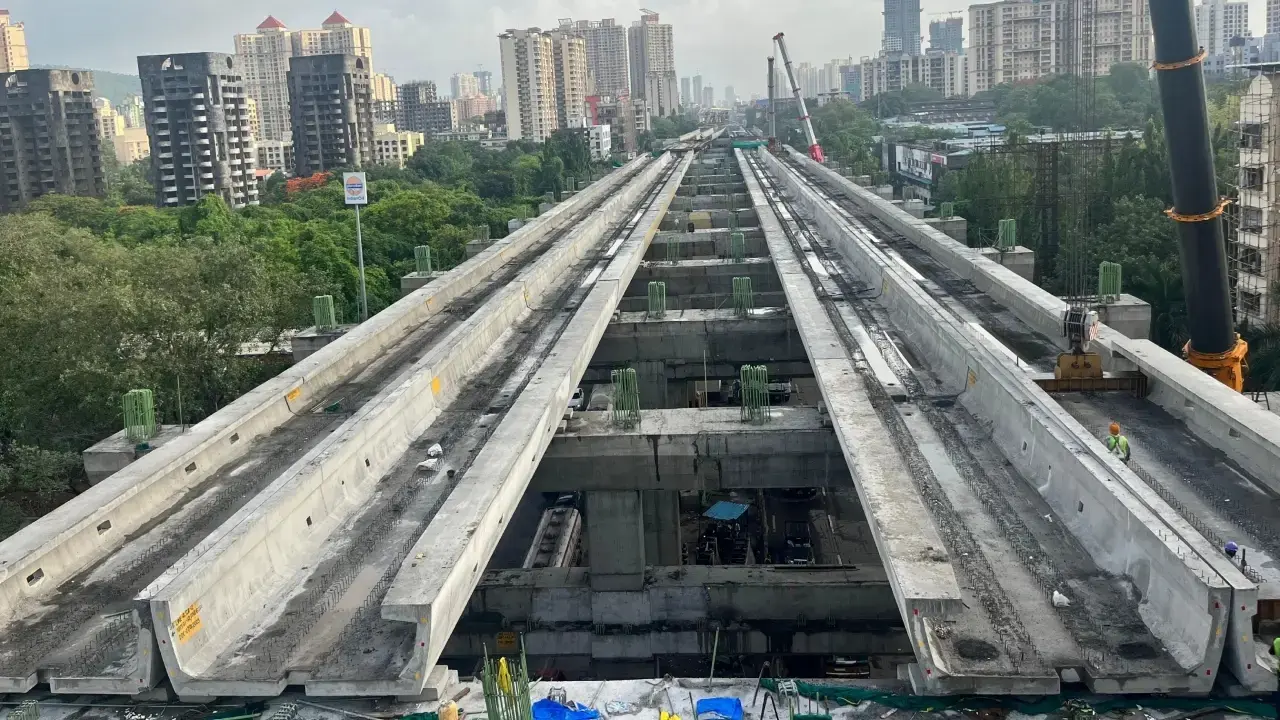Starlink Nears India Launch with Affordable Plans
In a groundbreaking development for India’s digital landscape, Elon Musk’s satellite internet venture, Starlink, is inching closer to launching its services in the country. As Starlink prepares to offer affordable, high-speed internet plans in both rural and urban India, the potential impact on connectivity, education, remote work, and economic growth is enormous.
What is Starlink?
Starlink is a satellite internet constellation project developed by SpaceX, the aerospace company founded by Elon Musk. The goal of Starlink is to provide high-speed, low-latency internet service across the globe—particularly to underserved and remote regions that lack reliable broadband infrastructure.
Unlike traditional broadband, which relies on terrestrial cables and towers, Starlink operates through a network of low Earth orbit (LEO) satellites. These satellites orbit much closer to the Earth than traditional satellites, reducing latency and improving performance dramatically.
India Launch: What We Know So Far
After facing regulatory and bureaucratic delays, Starlink is finally on the verge of receiving all necessary clearances to operate in India. Reports suggest that the launch could happen in the latter half of 2025. The Indian government has expressed interest in facilitating global connectivity initiatives, especially for rural and remote regions of the country.
Starlink has already applied for a license from the Department of Telecommunications (DoT) and is in the final stages of approval. If cleared, India could become one of Starlink’s largest markets, given the sheer number of unconnected or under-connected users in the country.
Pricing: A Game-Changer
According to sources familiar with the matter, Starlink plans to launch its service in India at extremely competitive prices. Monthly plans may begin as low as ₹850–₹1,000, offering unlimited data usage. This pricing would make Starlink one of the most affordable high-speed internet providers in the country, especially for rural regions where options are limited or unreliable.
However, the hardware kit—which includes the Starlink dish, router, and mounting tripod—is expected to cost approximately ₹32,400 (about $390). This one-time investment could pose a barrier for low-income users, though government subsidies and rural programs may help reduce the financial burden.
Speed and Performance
Starlink’s promise lies not just in coverage but in performance. The network is designed to deliver speeds ranging from 50 Mbps to 250 Mbps, with latency as low as 20 milliseconds. This puts it on par with many fiber and 5G broadband services currently available in Indian metros—but with far broader reach.
These speeds would be transformative for students, remote workers, small businesses, and healthcare services operating in remote areas. Educational institutions could stream content, patients could access telehealth services, and entrepreneurs could reach global markets more easily.
Target Regions
While Starlink’s urban rollout will face stiff competition from JioFiber, Airtel Xstream, and BSNL BharatNet, its true strength lies in rural outreach. Large swathes of India—especially in states like Bihar, Odisha, Chhattisgarh, Jharkhand, and parts of the Northeast—still struggle with poor or no broadband access. Starlink could fill this gap almost instantly once deployed.
Challenges Ahead
- Regulatory Hurdles: India has strict rules regarding foreign satellite communication services. Starlink will need to align with national security and telecommunications laws.
- Pricing Pressure: Indian users are highly price-sensitive. Despite its competitive plans, hardware costs may deter some segments of the population.
- Infrastructure & Logistics: Delivering and installing hardware kits in remote locations might be logistically challenging without local partnerships.
- Competition: Reliance Jio, Airtel, and even ISRO-backed ventures are already preparing for satellite-based broadband, creating a competitive landscape.
Government’s Digital Push
India’s push for a “Digital Bharat” through initiatives like BharatNet and Digital India makes the Starlink venture a timely addition. Government agencies are also looking for partners who can bridge the digital divide without incurring massive infrastructure costs. Starlink’s satellite solution offers a near plug-and-play alternative.
Benefits to Sectors
- Education: Real-time learning, video lectures, and online exams in remote schools.
- Healthcare: Telemedicine in villages, remote diagnostics, digital record keeping.
- Finance: Mobile banking, UPI, and digital wallets in remote areas.
- Agriculture: Precision farming with data-based tools, access to weather updates and market prices.
- Disaster Management: Instant communications in disaster-prone and affected areas.
Global Context: Starlink’s Footprint
Globally, Starlink is already operational in over 60 countries including the U.S., UK, Canada, Australia, and parts of Europe. The service has over 2.5 million users as of 2025 and continues to grow rapidly. India, with its large population and poor rural broadband infrastructure, represents one of the most lucrative and impactful frontiers for expansion.
Future Prospects
Looking ahead, SpaceX plans to launch thousands more satellites into low-Earth orbit to enhance coverage and speed. With better technology, Starlink may soon offer 1 Gbps speeds or even more. The company also plans to offer enterprise-grade solutions for schools, businesses, and institutions.
If the Indian launch is successful, we may see partnerships with state governments and educational bodies to provide subsidized kits and public access points in villages—much like public Wi-Fi initiatives today.
Conclusion
Starlink’s potential entry into India marks a pivotal moment in the country’s technological and digital evolution. With the promise of affordable, high-speed satellite internet, millions of Indians could soon gain access to a connected future—regardless of geography. If implemented effectively, it could narrow the rural-urban digital divide and revolutionize access to education, healthcare, jobs, and services.
As we await the final approvals and rollout, the excitement surrounding Starlink’s India launch continues to build. One thing is clear: the future of internet connectivity in India is about to change—dramatically.




Leave a Reply